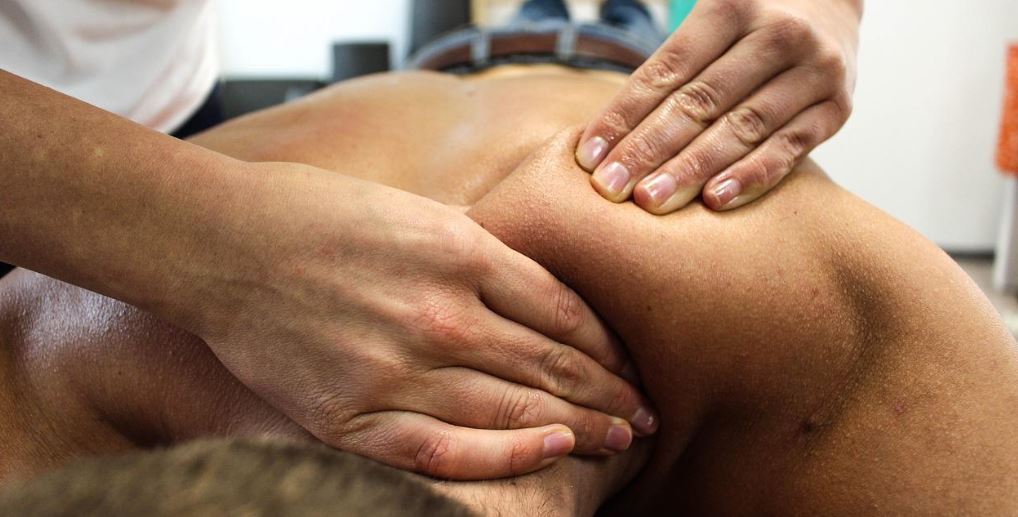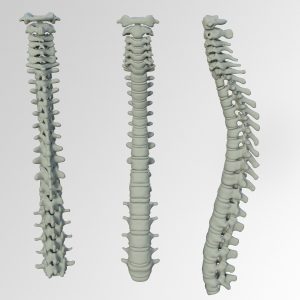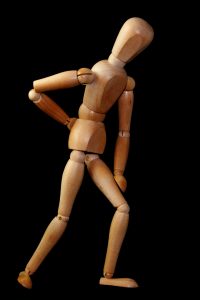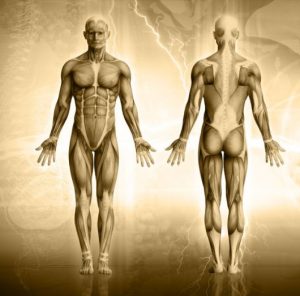The Sacro-Occipital Technique (SOT) is a chiropractic technique whose main objective is to restore the relationship between the sacrum and the occiput.
Contents
Origins of the Sacro-Occipital technique
The Sacro-Occipital technique was developed by the Dr. Major B. DeJarnette in the 20s of the XNUMXth century. DeJarnette was a chiropractor, osteopath, and engineer, and she didn't just focus on column settings, but developed methods for corrections of the skull, pelvis, limbs and other organs.
The main objective of the SOT (acronym for Sacro-Occipital Technique) would be to restore the relationship between the sacrum (bone that is located at the base of the spine) and the "occiput" or occiput that is at the base of the skull. In this way it would be possible to correct imbalances in the spine, pelvis, extremities and the visceral system. in our center chiropractor from Barcelona we know this technique in detail and have experience in it.
The study carried out by DeJarnette originated a system of patterns of adjustments in the body and not only of individual parts of it. The most relevant pattern would be the relationship between the sacrum and occiput (hence the name of this chiropractic technique) and the detailed analysis of a series of postural patterns presented by the patient when attending a consultation.
We can say that the TOS works on vertebral, muscular and various organs related to the nervous system, which could be interfering with the relationship between the sacrum and the occiput.
Disorder Categories
After his investigations, DeJarnette realized that all disorders originating in extremities, temporomandibular joints, headaches and other symptoms related to other organs were presented through different postural patterns that he grouped into 3 categories:
Torsion of the pelvis
Produced by meningeal dural tension and sacroiliac dysfunction. Causes problems with the main respiratory mechanism between the sacrum and the occiput
Causes
The sacro-iliac joints are dysfunctional. Fact that generates torsion of the iliacs and inclination of the sacrum. When the sacrum tilts, its ability to pump cerebrospinal fluid is reduced. This reduced pumping of the sacrum means that the cerebrospinal fluid is not circulating properly. Something that can lead to a failure in nutrition and an increase in toxicity in the nervous system.
Symptom
- Visceral disturbance.
- dermatological disorders
- Insomnia
- Limb numbness
- Headaches
- Nervousness
- Weight control problems.
- Back pain.
For the correction of this disorder, a chiropractic adjustment is necessary in which blocks are used in the pelvis to try to equalize the legs of the patients.
sacroiliac instability
Produced by excessive movement of the sacro-iliac joint, which causes dysfunction in the relationship between the pelvis and coccyx.
Causes
The ligaments that support the sacroiliac joint are injured. This allows the articular surfaces of the iliacus and sacrum to separate. This disturbs both the balance of our body and our nervous system, including the spine, involving tension in the shoulders, neck and head, as well as affecting our cranial system.
Symptom
- Jaw problems.
- Neck Pain.
- Shoulder, elbow or hand pain.
- Headaches.
- groin pain
- Hip, knee, ankle or foot pain.
- Menstrual problems.
- Lumbar pain.
- Incontinence
Lumbar or cervical disc injury
When the sacro-iliac joint can no longer support the weight of the body. Which supposes a wear of the discs L1 to L5. Patients with these types of problems are prone to disc disease, herniated discs y sciatica. In addition, the pain can manifest itself in various areas of the body such as knees, hips and lower back. In this category would be all the people affected by lumbago and therefore also suffer from cervical involvement.
Causes
The intervertebral discs act as shock absorbers and shock absorbers between the vertebrae. If our body works properly, the discs allow enough space between the vertebrae of the spine for the delicate nerves to exit without difficulty. If, on the other hand, our body is out of balance, these spaces can be compromised by an injury to the disc, which can compress or irritate the nerve root that comes out of it.
Symptom
- Low back and sciatic pain.
- Burning pain in the lumbar spine or radiating to the extremity.
- Tingling or pricking in the legs.
- Difficulty in sphincter control.
- Back pain when coughing or sneezing.
Treatment of low back pain with the Sacro-Occipital Technique
There are clinical results that indicate the relationship between the lumbar and cervical areas of the spine. The latter is a perfect indicator to reveal possible lumbar dysfunctions.
First step
When the chiropractor notices any deviation of the pelvis, he should evaluate that part by extending the arms of the patient who is lying on his back behind him. The shorter arm means that the psoas (muscle) is tight. The chiropractor should ask the patient to flex the leg on that side and with one hand he will take the raised knee and slowly bring it towards himself. While with the other he will contact the psoas major, making small semicircles from top to bottom until he achieves muscle relaxation.
Second step
The chiropractor should check the length of the legs by dragging her towards him. He must also put two blocks under the pelvis. These blocks are a kind of soft cushions that have the shape of a triangle seen from the side and rectangles seen from above. The first block will be placed under the ASIS of the longest leg. The second block will be placed below the joint between the pelvis and the head of the femur of the shorter leg.
The intention would be to reduce torsion of the pelvis on one side. On the other hand, an attempt would be made to relieve the pressure on the discs or the lumbosacral region. If the pain persists, the chiropractor will slightly move the blocks. If the pain subsides, the blocks will be removed and the patient can relax.
Finally, it should be noted that the restoration of balance in the area of the lumbar spine will lead us to achieve balance in the cervical area. The chiropractor should continue to monitor the cervical indicators and if the pain persists, he will adjust the affected lumbar vertebra, pushing it in the opposite direction to that indicated by the cervical vertebra.
After adjustments have been made, it may be necessary to apply ice to certain swollen areas of the back.




